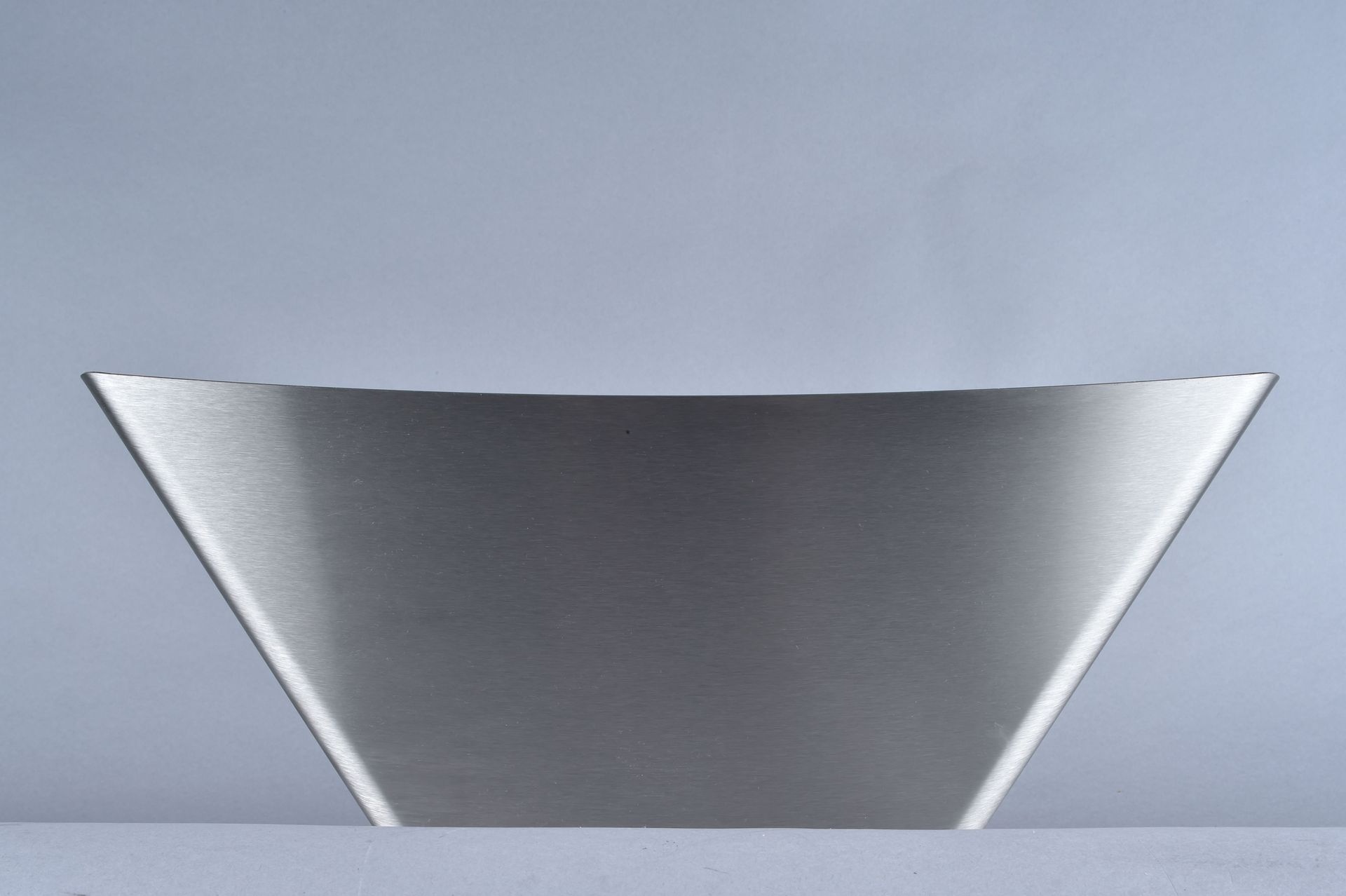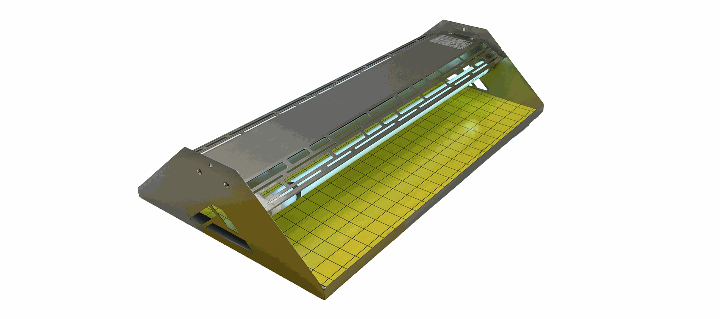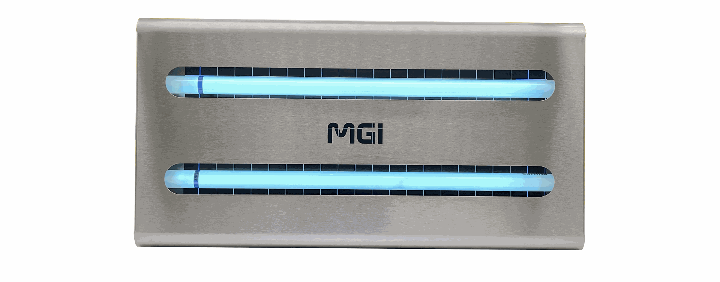What is the importance of using light traps ?
These types of traps are particularly useful in commercial areas that may be negatively affected by large numbers of flies, such as restaurants and hospitals, where the presence of flying insects can create a bad reputation and potentially financial damage to the property owner. The CDC notes that while not all flying insects are dangerous to human health, house flies and mosquitoes can transmit bacteria such as salmonella or E. coli, which can cause illness to humans.
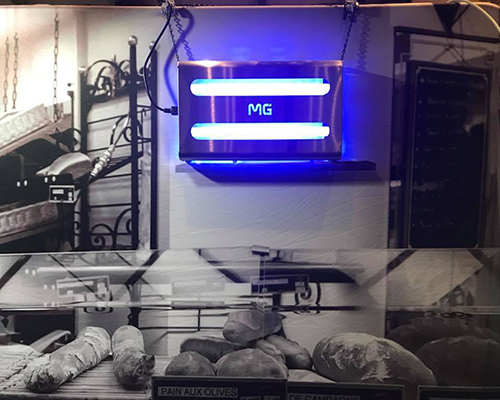
How do flying insect killers work ?
UV insect traps have been a proven method of insect control for decades. The ultraviolet light emitted by the trap light attracts flies towards the trap. Flying insects generally prefer areas with light and sunlight. They also naturally gravitate towards the upper areas of the room because these areas are warmer. Taking these points into consideration can improve the performance of your light traps.
Once the insects enter the building or home, it takes some time for the flying insects to adapt to the indoor lighting and thus respond to the light waves emitted by the light trap. It may take anywhere from 15 minutes to hours before insects are attracted to the light trap.
Then, depending on whether the trap is a zapper or glue board trap, the insects are killed, which may cause the insects to explode and scatter their body parts several feet away from the zapper, or they either trapped in a layer of glue. Zapping traps have a container at the bottom of the trap to catch the dead insects.
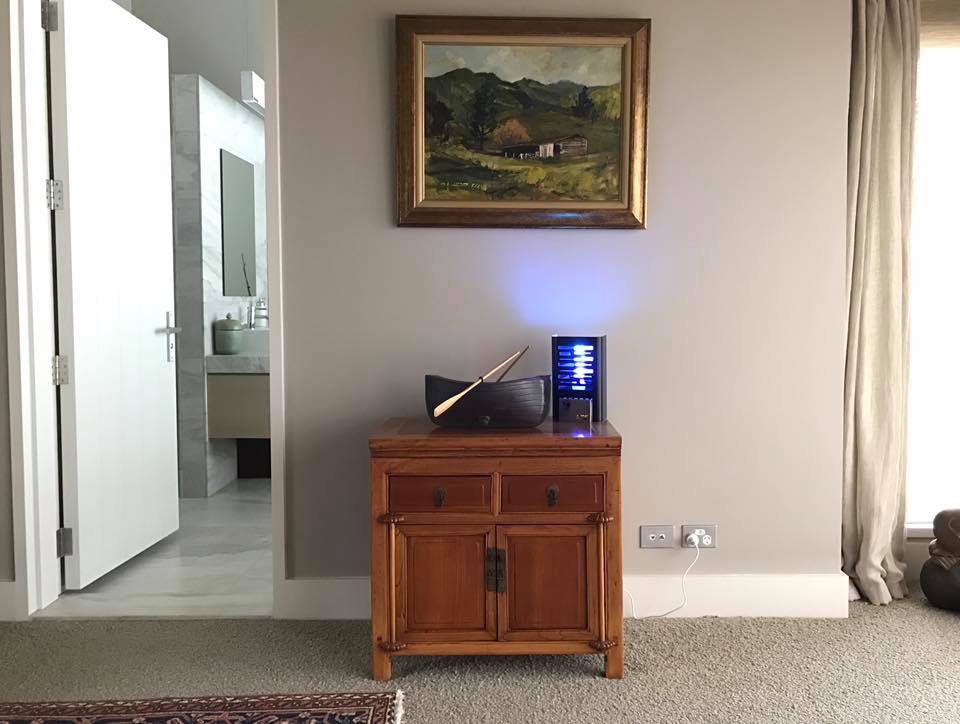
Are light traps enough to maintain a pest-free environment?
A facility with a fly, mosquito or other flying insect infestation should take a comprehensive approach to pest control. This includes regular pest control visits by a professional pest control company and consideration of preventive site visits that can play a role in food waste management so insects are less attracted. In addition, insect traps are indispensable, especially in food manufacturing and restaurants.
mosquito zappers
Light traps are often used in pest management programs to attract certain flying insects using ultraviolet (UV) light. However, the trap works by emitting a spectrum of UV-A light, which is between 350 and 400 nanometers.
Do light traps target all types of flying insects ?
Flying insects that invade the facility from outside, such as house flies and mosquitoes, respond strongly to the UV light, but flying insects that breed inside, such as moths or drain flies, will not be strongly attracted to light traps.
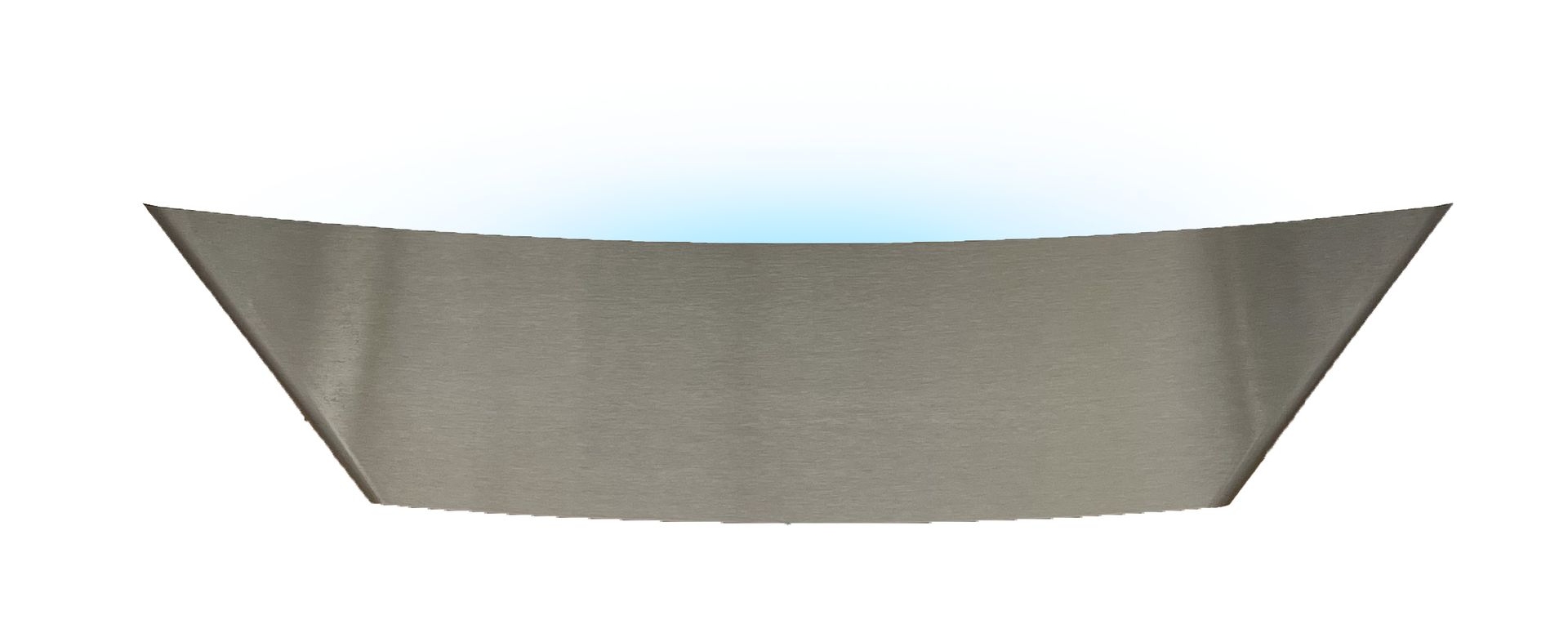
What are the types of light traps / flying insect killers ?
Depending on the design of your facility and the nature of your operation, one type of insect trap may be more effective at eliminating an infestation than another. Your pest control company can help you make the right choice of light traps.
Wall-mounted light traps
Wall mounted light traps are often placed about 3-6 feet off the ground, which is the height at which insects typically hang out. This type of light trap often works best for hospitality and healthcare businesses such as hotels, hospitals, and clinics, which require constant effort in controlling flying insects. As long as the traps are strategically placed near a door or window and at least 5 feet away from any food preparation areas, wall mounted fly traps can be effective in attracting and killing flying insects.
Ceiling-mounted light traps
Although most flies become dormant at night, light traps mounted on the ceiling can be used to attract night-flying insects. These traps are generally placed at least 8 feet above the floor. For houses or businesses with narrow hallways, ceiling-mounted light traps are preferable, as they keep the insects out of eye level.
Table standing light traps
Table standing light traps provide greater flexibility for homeowners and business owners who may need to control pests in different rooms. These traps are portable and can be moved between shelves and surfaces, depending on where the infestation is most severe.
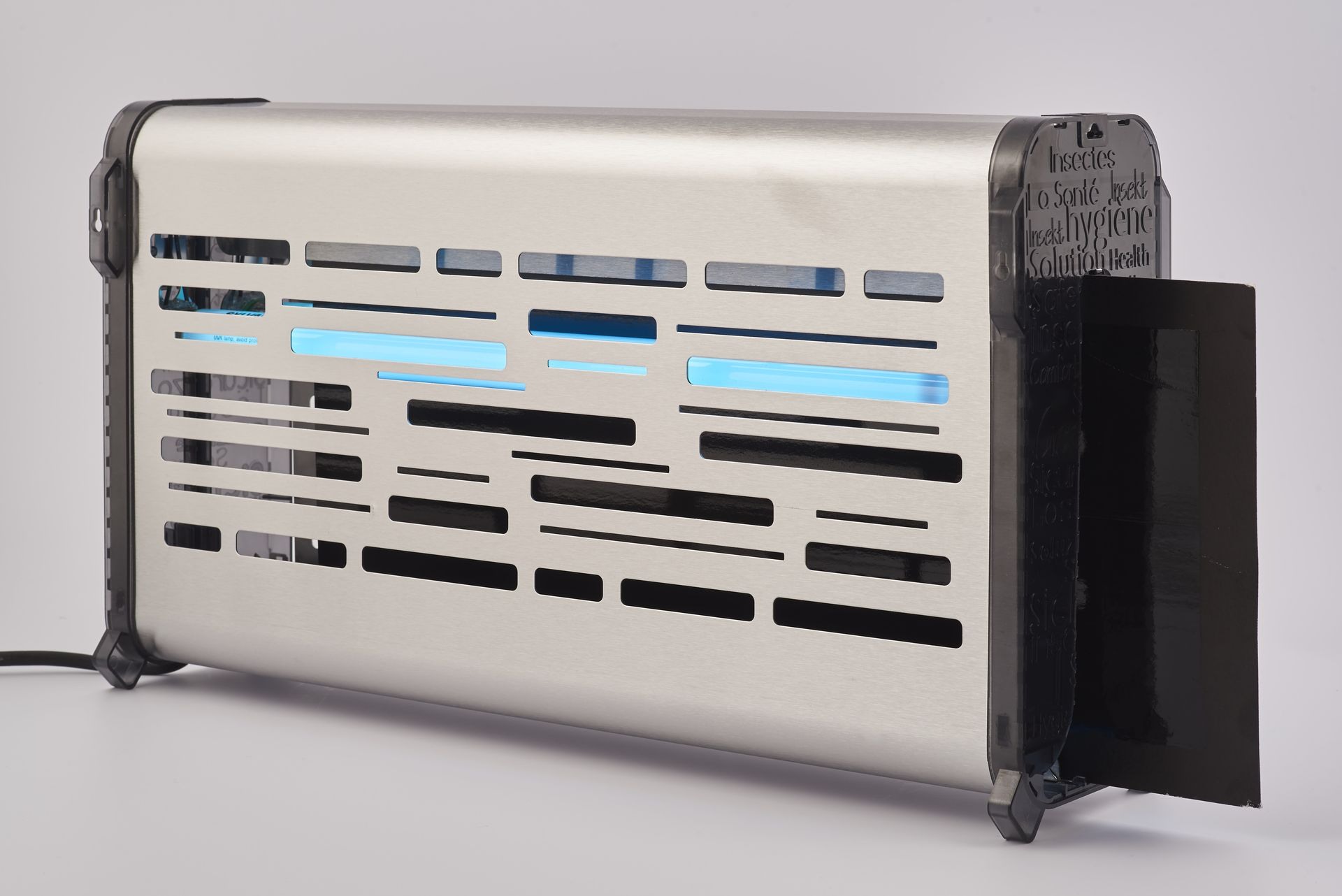
Can light traps be placed randomly?
Light traps cannot be placed just anywhere. Because they can attract a wide range of flying insects, placing light traps incorrectly can attract more insects to the areas you are trying to protect. For example, placing the trap directly on a balcony can lead to an increase in flies in that small space. For this reason, it is essential to use the right type of trap and place it correctly.
mosquito zapping device
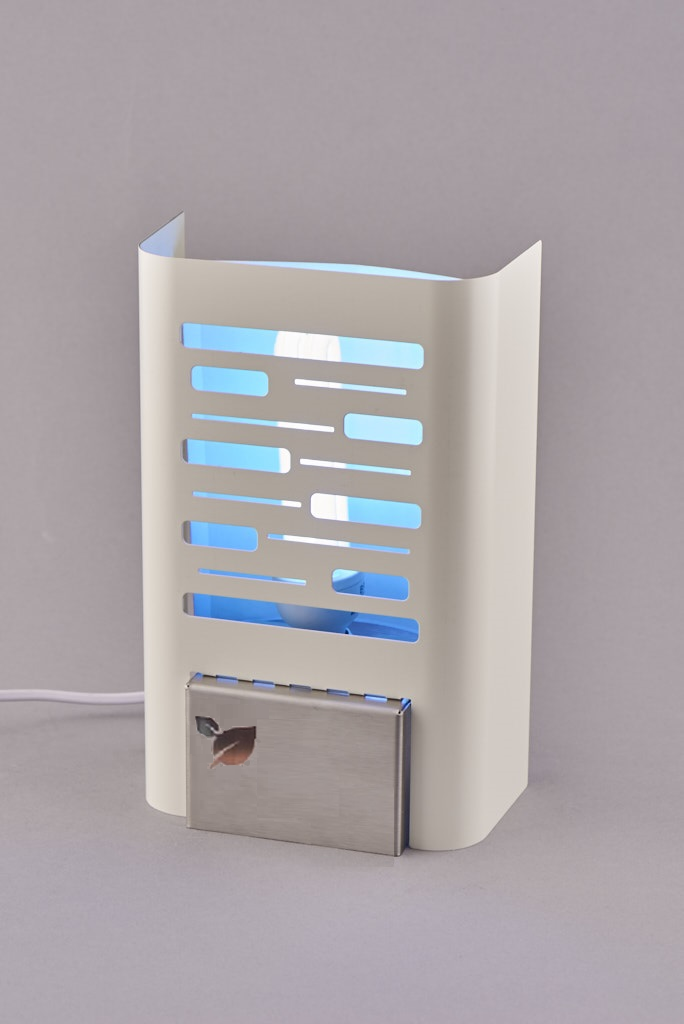
Here are some tips and warnings in this regard.
Follow these guidelines and tips when installing light traps:
- Use wall-mounted light traps that are low to the ground, 3 to 6 feet, during the day. .
- Place hanging light traps 8 to 10 feet off the ground for nocturnal flying insects when the ceiling is higher than 10 feet.
- Additionally, it is important to change your UV lights at least once a year. Installing new lights during the spring ensures the highest possible effectiveness during the summer.
- Place wall-mounted light traps at least 5 feet from food production areas. (3 feet for glue board light traps.)
- Place light traps in dark areas and hallways.
- If the facility has an indoor or partially enclosed trash container for collecting trash, installing a trap next to or above the trash will catch many insects.
- Adding scent attractants to light traps improves long-term results.
fly zappers
In contrast, avoid the following:
- Placing the trap very high above the ground (above 6 feet).
- Placing the trap very close to entrances.
- Using ceiling-mounted light traps in food processing areas for two main reasons: first, this can attract more flies and other flying insects to the food itself. These insects can then enter the food during preparation. Second, there is a risk of insects falling off if the glue boards when they dry out before they are replaced.
- Placing the light trap in a location where it can be seen from the outside.
- Installing the trap in areas where it is likely to be struck by machinery, such as a forklift.
- Installing light traps near areas of extreme heat or cold, or in areas with strong air currents.
How to choose a suitable insect trap?
There are many different types of light traps available in the market, with various lamp types, sizes, shapes, and multiple disposal technologies. Choosing the right option for a specific site can be challenging. To help you make the right decision, here are the most important factors to consider:
- Insect Attraction: This is one of the most critical factors when selecting a light trap. As you discover different products, you will notice that manufacturers clearly indicate their devices’ effectiveness, coverage area, brightness, and much more. However, you must remember that not all UV lamps are the same. Studies show that the photoreceptors of flying insects are most responsive at wavelengths around 350 nanometers, which is closer to the UV output of advanced LED lamps. That’s why LED lamps are considered the brightest light source for flying insects compared to regular lamps. Unfortunately, many lamps in the market do not operate at this high standard. So, you must be cautious when choosing. If the price is low, be very skeptical about performance claims.
- Coverage Area: Consider the layout and size of the location where you want to install the light traps. Also, keep in mind any objects that might block the UV light. Compared to a dining area or a restaurant kitchen, larger and more powerful traps would be needed for a fresh food area in a supermarket or a large restaurant space.
- Energy Efficiency: Energy efficiency is another important consideration, as light traps are used for several hours daily. Compared to fluorescent/neon bulbs that last around a year, low-power LED lamps can last up to three years. Lower power consumption and a longer lifespan mean lower replacement and operating costs. LED lamps also emit less carbon compared to fluorescent/neon lamps.
Discover the light traps at Bash Services
These are some of the most important factors to consider when buying light traps. Instead of going through this hard work yourself, you can also contact us directly at Bash Services, where we offer a wide range of high-quality French light traps in various designs, sizes, and specifications to suit all residential and commercial sectors. You can reach our sales team at: 0770277555.


